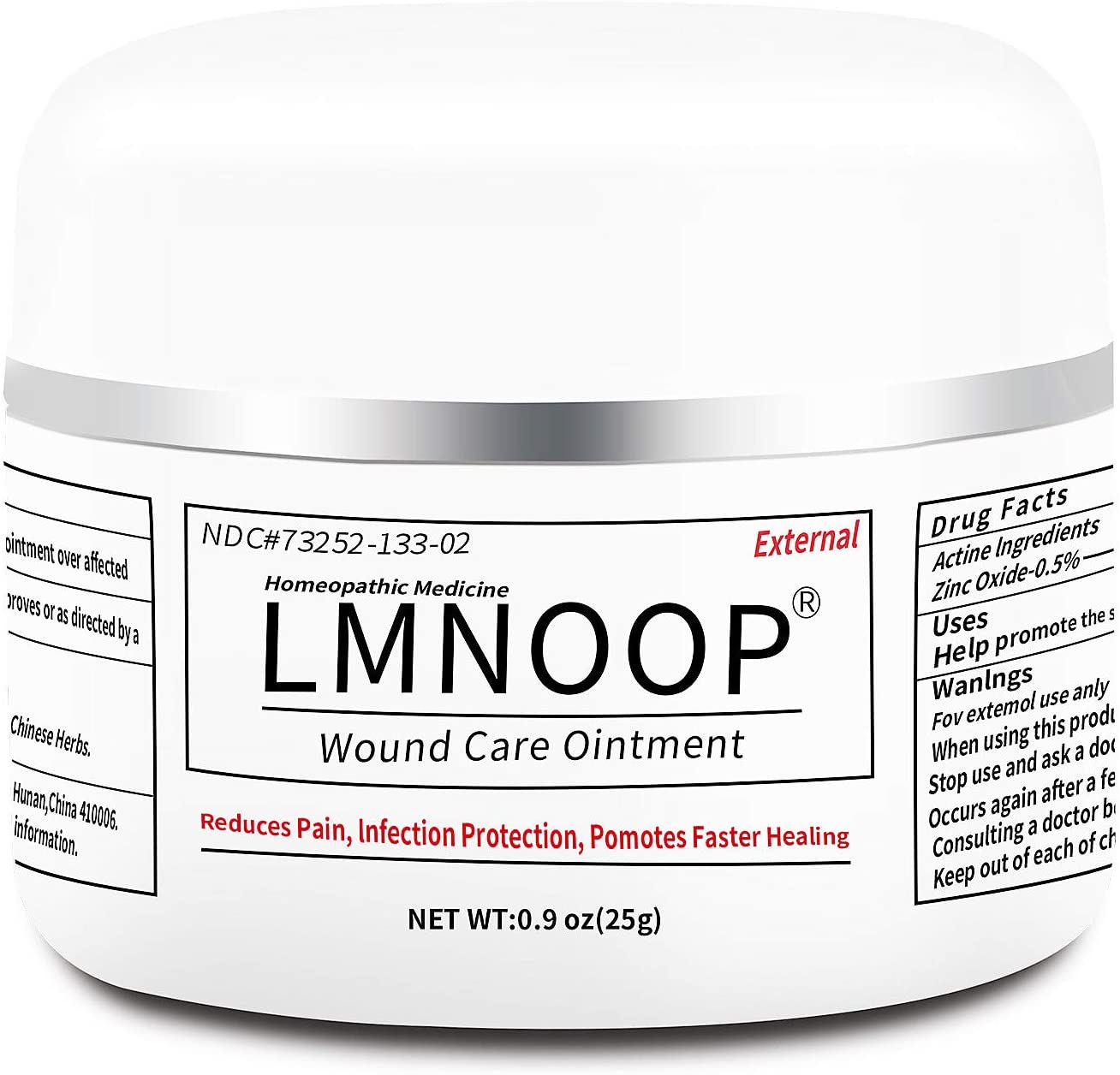

:max_bytes(150000):strip_icc()/GettyImages-523299935-5660409a5f9b583386afb002.jpg)
Alcohol has been demonstrated to reduce the LES pressure and to precipitate GERD symptoms. Second, patients with GERD, and especially those with BE who typically have the physiological and pathological changes of severe GERD, are likely to avoid wine drinking if it precipitates GERD symptoms. First, residual confounding is possible in all three studies from misclassification or inaccurate analysis of known confounders (e.g., GERD symptoms), or from unknown or unmeasured confounders (e.g., food items that accompany wine consumption, additives, socioeconomic status). Case control comparisons are susceptible to selection, information and survival biases. Yet, these findings have to be interpreted with caution due to multiple sources of bias. The external validity of having similar results from three unrelated studies strengthens the validity of the results of these studies. The studies had several strengths including the population-based design, the large sample size, and the more detailed analyses of the association between alcohol drinking and BE or EAC. However, modest wine intake was associated with a lower risk of BE and EAC. There was no overall effect of alcohol intake on BE or EAC. The studies were conducted in three different continents ( Table 1) and had some differences in the sampling frame, case definition, method of ascertaining alcohol consumption, and the adjustment for possible confounders. Recently, Gastroenterology has published findings from three population-based case-control studies examining the association between alcohol and BE (2 studies) ( 8 9) and EAC (2 studies) ( 8 10). For BE, hospital-based studies reported either a slight increase in BE risk with liquor intake or no association with overall alcohol intake ( 5- 7). For EAC, the more recent large population-based studies consistently show a lack of association with alcohol consumption( 1- 4). While heavy alcohol drinking since long has been strongly and consistently linked to increased risk of esophageal squamous cancer, its role in BE and EAC is less studied. In addition to GERD, previous studies indicated that a high body mass index (BMI) and a large waist circumference are independently and strongly linked with an increased risk of BE as well as EAC, while tobacco smoking increases these risks only to a moderate extent. However, given that GERD symptoms are very common, and that only 5-10% of patients with GERD symptoms develop BE and only a small fraction of those ever develop EAC, there is great interest in additional or modifying risk factors for BE and EAC. It has become well established that gastroesophageal reflux disease (GERD) is a common and strong risk factor (i.e., with a large attributable fraction) for both BE and EAC.

Most EAC cases arise in the setting of a detectable preneoplastic lesion known as Barrett's esophagus (BE). Alcohol wrong.Įsophageal adenocarcinoma (EAC) has acquired an increasingly amount of interest during recent years, prompted by the fact that its incidence has been increasing rapidly in several regions in Europe, North America, and Australia.


 0 kommentar(er)
0 kommentar(er)
